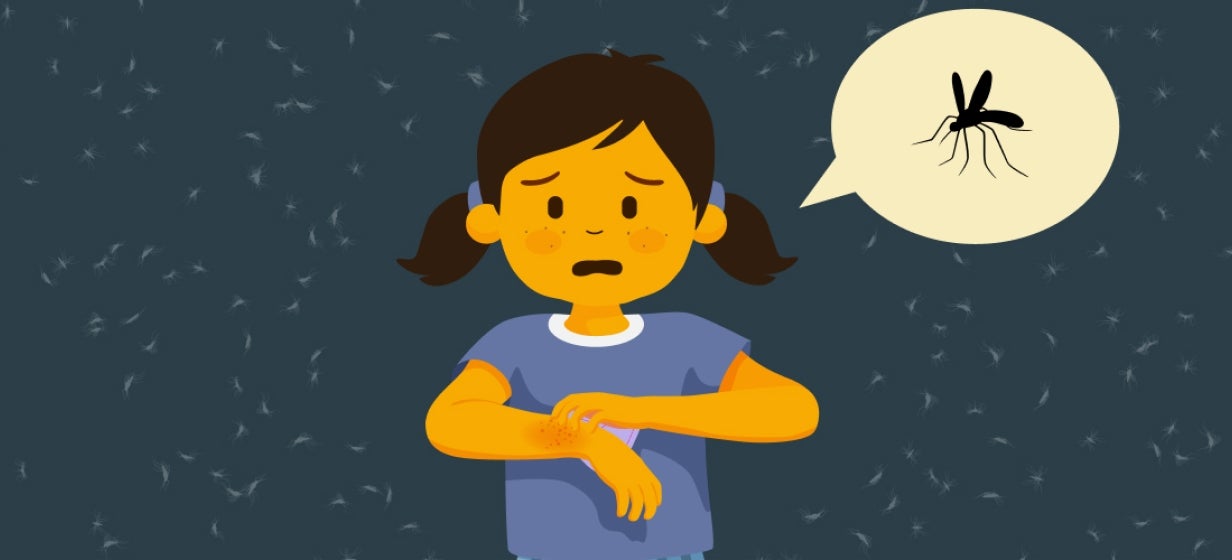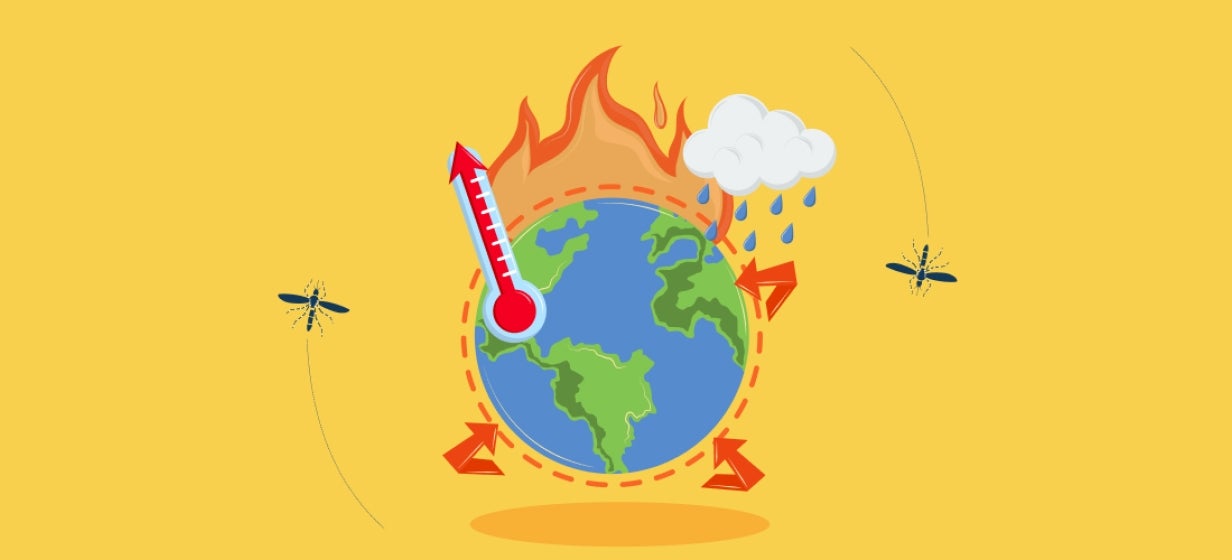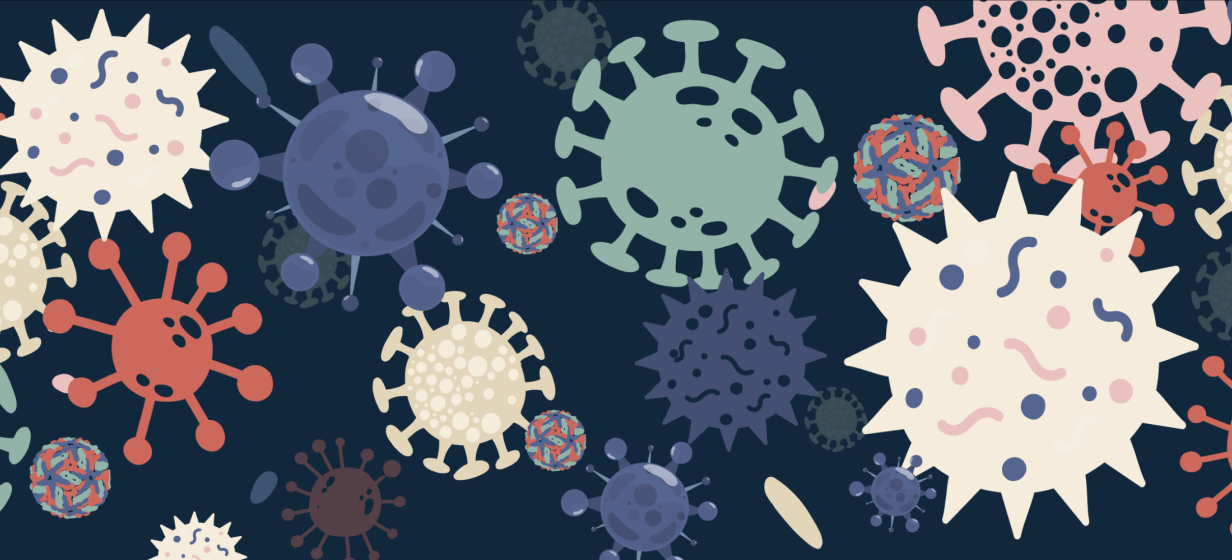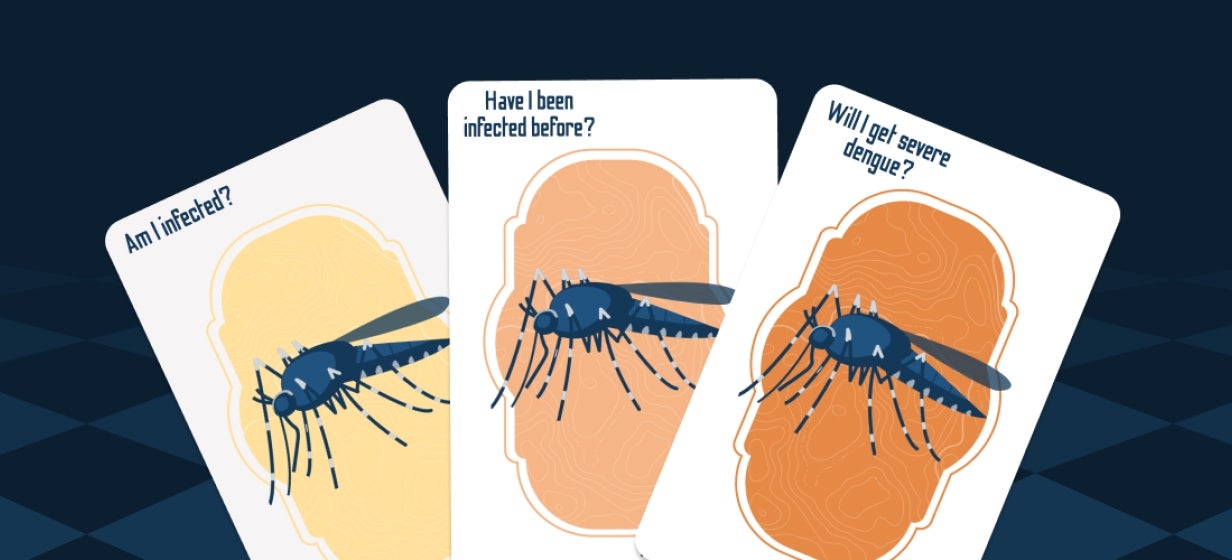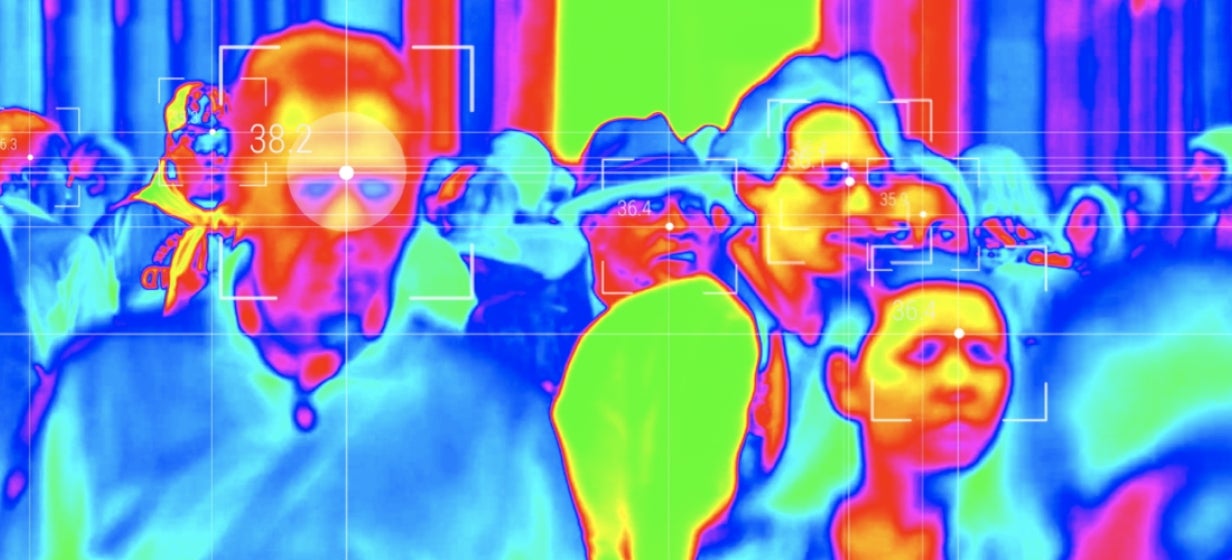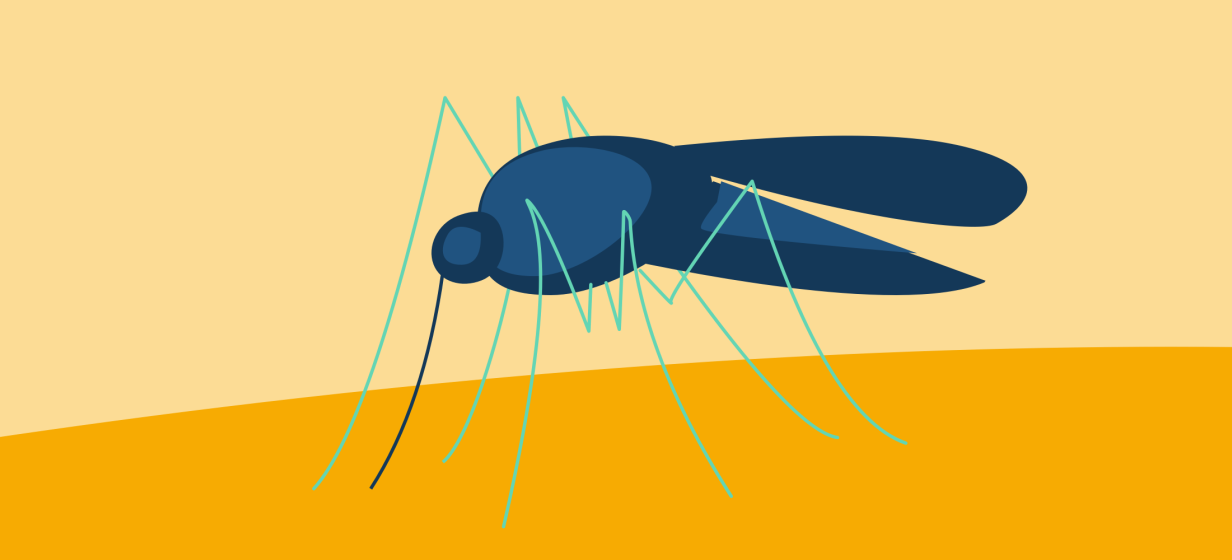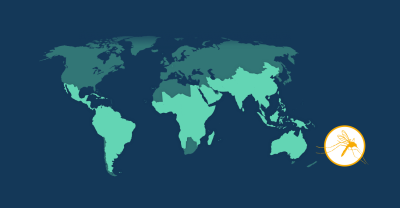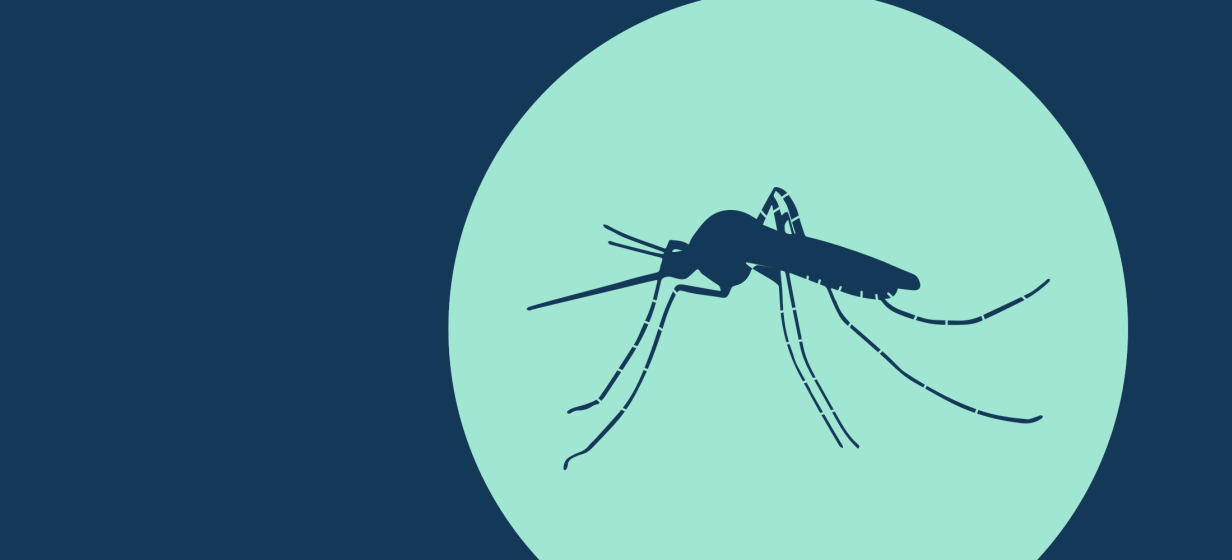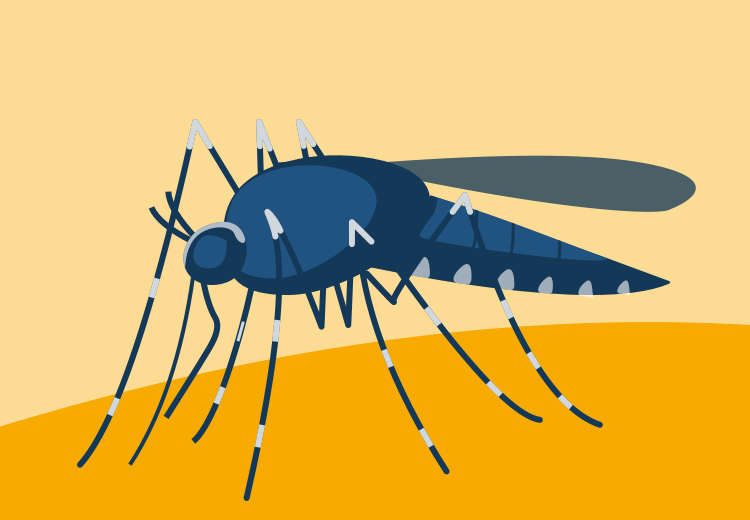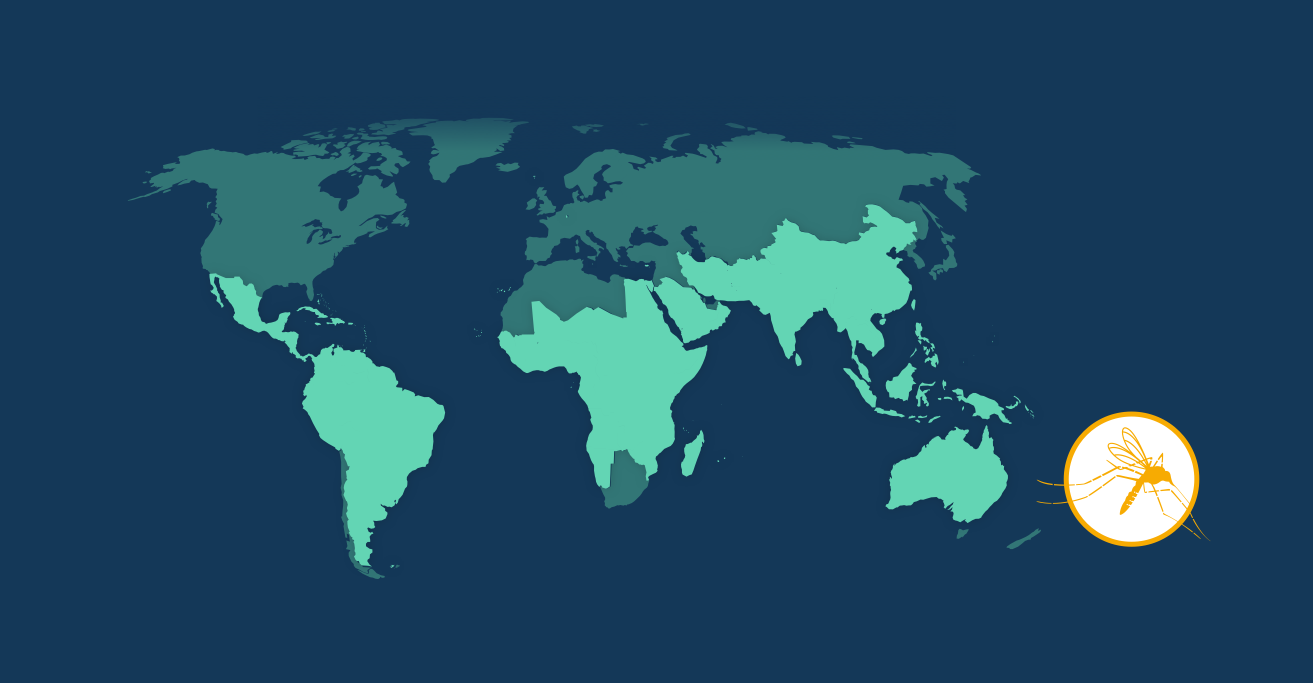There is clear seasonal variability of dengue throughout the year in some areas of the globe. Outbreaks are often related to the climate, as this has a direct impact on the number of mosquitoes present.1
Seasonal changes
The seasonal patterns of dengue outbreaks typically coincide with the rainy or monsoon season, as most dengue epidemics occur during wetter and warmer months.2,3 Unsurprisingly, increased numbers of Aedes mosquitoes – the mosquitoes that spread dengue – can also be found during the rainy season.3
Changes in temperature and rain across the year have an impact on how quickly the Aedes mosquitoes can grow.1 Not only that, more rain provides more places for mosquitoes to lay their eggs.1
Research has shown patterns in dengue cases across the year, linked to the seasons. A high number of rainy days and high humidity can lead to an increase in the number of dengue cases reported.3,4
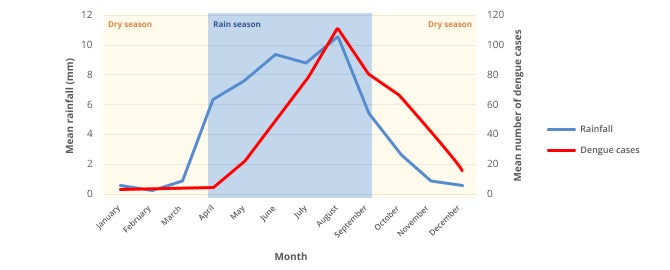
Although the rates of dengue fluctuate throughout the year, the risk of transmission is always present in endemic regions.4
Across the globe
Currently, areas within the tropics are prone to the spread of dengue all year round. Yet, the areas surrounding the tropics generally see more seasonal variation in the rates of dengue. As the world gets warmer, it is likely that dengue will continue to spread across the globe.5,6 Rising temperatures can increase Aedes mosquito numbers by supporting their survival and growth.6
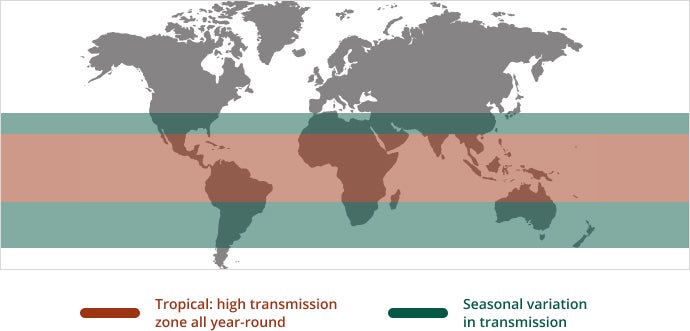
Since the rates of dengue in endemic areas can vary with seasons, it might appear that there is no need for protective measures during the cooler and drier months. However, in some endemic regions the risk of dengue can be present all year round.4 This underlines the need to remain vigilant with prevention measures like mosquito control and take steps to prevent mosquito bites throughout the year.

















